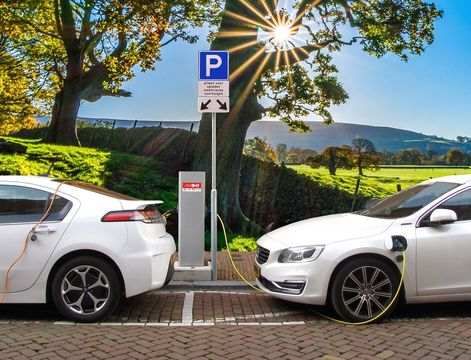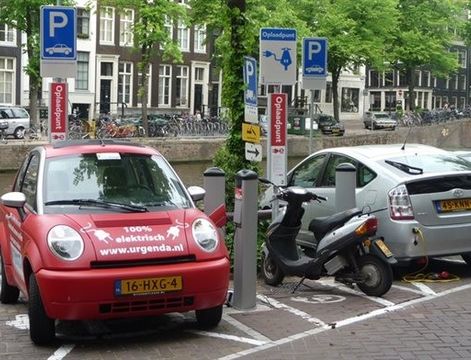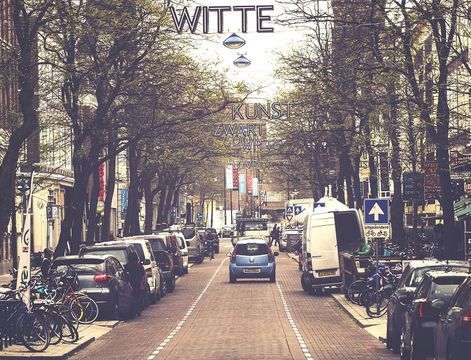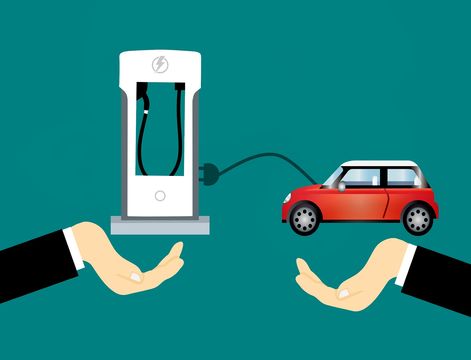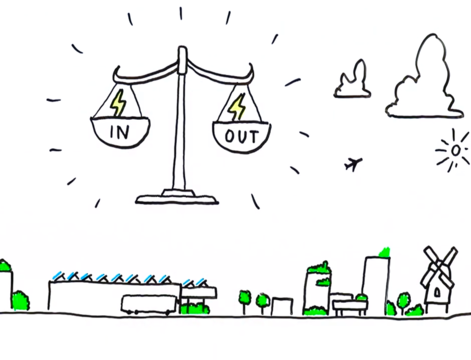Regional demands for electrification in Stockholm
The Second Regional Stakeholder Event in Stockholm brought together twenty different actors from municipalities, public authorities, energy companies, lobby organisations and academia. The purpose of the meeting was twofold:
- Presentation of ongoing initiatives, studies and projects
- Discussion and conclusions regarding regional demands for electrification in the Stockholm county
Five presentations were made bringing up various ongoing initiatives in the county. Two of them were about extending the number of charging stations in Stockholm and the neighboring Täby. Täby is an example of a municipality struggling with the increase of public charging facilities – a challenge true for most of the county’s municipalities: costs (tax money!), unclear public laws and regulations, problems with contracting, grid connection and finding the right spots are typical difficulties. The so-called “charging streets” in Stockholm (five or more E-parking places equipped with both normal and fast charging), comprise two payments: for parking (City) and for electricity (energy company). This is not very client friendly and should be changed into a single solution if EV users could opt.
A recently finalized national study regarding the public regulations for charging stations shows that the rules for charging stations are not complete (signing, standards, use of public space) and sometimes too complicated even for officials in municipalities. Many improvements and simplifications can be made in the national regulatory framework. Another presentation was about the County Council’s plan to electrify the public transport bus fleet in the inner part of the region. This could be an important step towards cleaner, less noisy and more energy effective bus transport from the middle of 2020 on (if realized). Finally, there was a presentation on “ElectriCity”. This private-driven initiative in the eco-district Hammarby Sjöstad (Stockholm) promotes improvement of charging possibilities in private garages and public spaces, the introduction of electric buses and plans a V2G demonstration project together with Nissan and local real estate owners. All these mentioned initiatives are valuable corner stones of the EV work in Stockholm.
General conclusions of the workshop have been:
- There is a general and important conflict in between the promotion of EVs on the one hand and the necessary reduction of road vehicle use on the other hand.
- More than 90 percent of normal charging is taking place at home or at companies. EV users find it most comfortable to have an own and uncomplicated charging facility. Thus, such facilities are the most important ones and deserve great attention regarding the promotion of E-mobility.
- National standards and clearer regulations for charging, signing and public procurement of EVs are required.
The workshop made also clear that there is a big need of regional coordination of charging infrastructure extension. Cost-benefit analysis is highly advocated. An improved analysis of social consequences of investments is also recommendable as the establishment of charging infrastructure is not evident in socio-economically weak areas also considering the existing building stock with rented flats (who should pay?). Another question is, if municipalities should pay for public charging stations – municipalities normally do not run gas stations either! Moreover, the consequences of the trend of Mobility as a Service (MaaS) can bring substantial changes even for E-mobility. It is important to be aware of the “servicification” of car travel in relation to car ownership, parking facilities and urban planning in general.
Some preliminary suggestions for concrete regional actions from the stakeholders are:
- Continued information and competence campaigns considering public servants and politicians as well as citizens
- Promotion of standardized parking rules and simple, client oriented payment solutions at public charging stations in the entire county
- The planning and actual distribution of public charging must be in line with real demands (destination charging, long distance/local travelling, private/public, urban/rural, slow/fast charging)
- Test beds for V2G solutions should be boosted
- Integration of energy companies in early stages of urban development projects and the extension of charging facilities in existing areas (can save a lot of money!)
- Identify bottlenecks in the existing power grid regarding expected mass introduction of EVs and a suitable speed of charging facility extension
- Consider and promote “combined mobility services” (MaaS) where different modes of transportation including EV car-sharing fleets are part of the same subscription/ticket and available at numerous public mobility hubs.
Finally: It is important to have a common regional vision to plan “right”. The technological development will happen anyhow.




